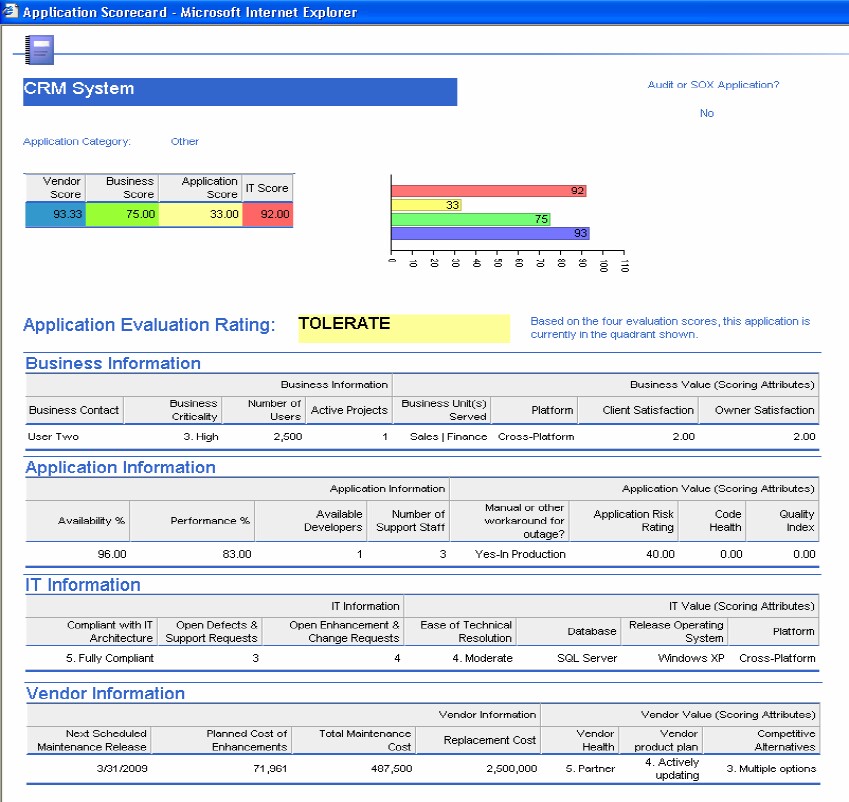Compuware’s New Application Portfolio Management Accelerator

Tying PPM and APM Together
Compuware recently briefed me on their new ChangePoint Application Portfolio Management (APM) product. Here’s my quick review.
The Business Problem
CIOs and the IT departments they are responsible for often spend very little of their budget on new development, implementation or upgrade projects. When they do, there are a multitude of products (most notably, Project Management and Product Portfolio Management (PPM)) to help them decide which projects to undertake, how to staff each and how to report the status of these initiatives.
If typical, most IT department budgets are spent keeping the lights on and supporting the application software they already have. There are a number of different decisions that must be made regarding these application portfolios. Decisions such as:
- When should this application be retired/replaced? - Is this application no longer cost effective with regard to vendor maintenance? - What can be done to reduce the ongoing operational and support costs associated with this product? - If company revenues and the IT budget decline, what options does IT have with regard to the application mix it possesses?
IT groups, especially those that manage multiple data centers and numerous applications, need a better set of tools to help them make the tough, business calls. A fact not lost on many IT leaders in this economy.
APM – In General
APM allows IT groups to make a number of operational and budgetary decisions regarding their IT application portfolio.
APM tools should work with PPM software and together these should accommodate 99% of the application spend within a firm. A total spend visibility is needed so that more intelligent decisions can be made when it comes to the usage of scarce shareholder capital.
Over time, APM technology should help a CIO identify opportunities to rationalize their IT application spend, reduce redundant or unnecessary maintenance expenditures and free up more of this operational spend for more strategic initiatives.
It’s this changing of the spend, from operational to strategic, that could be APM’s best value creator for IT shops and the firms who employ them.
Compuware’s APM Accelerator
Compuware’s solution effectively utilizes an inventory card for each application within a firm. This record captures a number of criteria about the application. That data is then crunched against Gartner’s TIME framework for assessing applications. Potential redundancies, questionable upgrade decisions, etc. can then be surfaced and dealt with quickly.
The software is part of Compuware’s Changepoint PPM solution set. Like the PPM tool, the software is designed to provide top executive visibility into software portfolios and the economic decisions that affect them.
One key input into assessing application help is the use of user survey data. The software polls end-users to understand how well an application is meeting the needs of it users. Obviously, this helps change IT priorities re: upgrades or software replacements.
The APM Space
The market needs these tools (and more of them). Too much of the IT budget is spent here and too little visibility exists on some of these costs. I look forward to second and third generation APM products. These products would provide even deeper dives into software contracts, maintenance agreements, outsourcing arrangements, outsourcing service level agreements, etc. Let’s get more of the IT spend into these tools.
But, I’m impatient. Let’s see more IT shops get this far and do so with a toolset more advanced that a couple of spreadsheets.
Finally, I am aware of other firms developing APM capabilities. This should trigger a wave of innovation and value creation within the PPM and, possibly, PSA (professional services automation) space.
